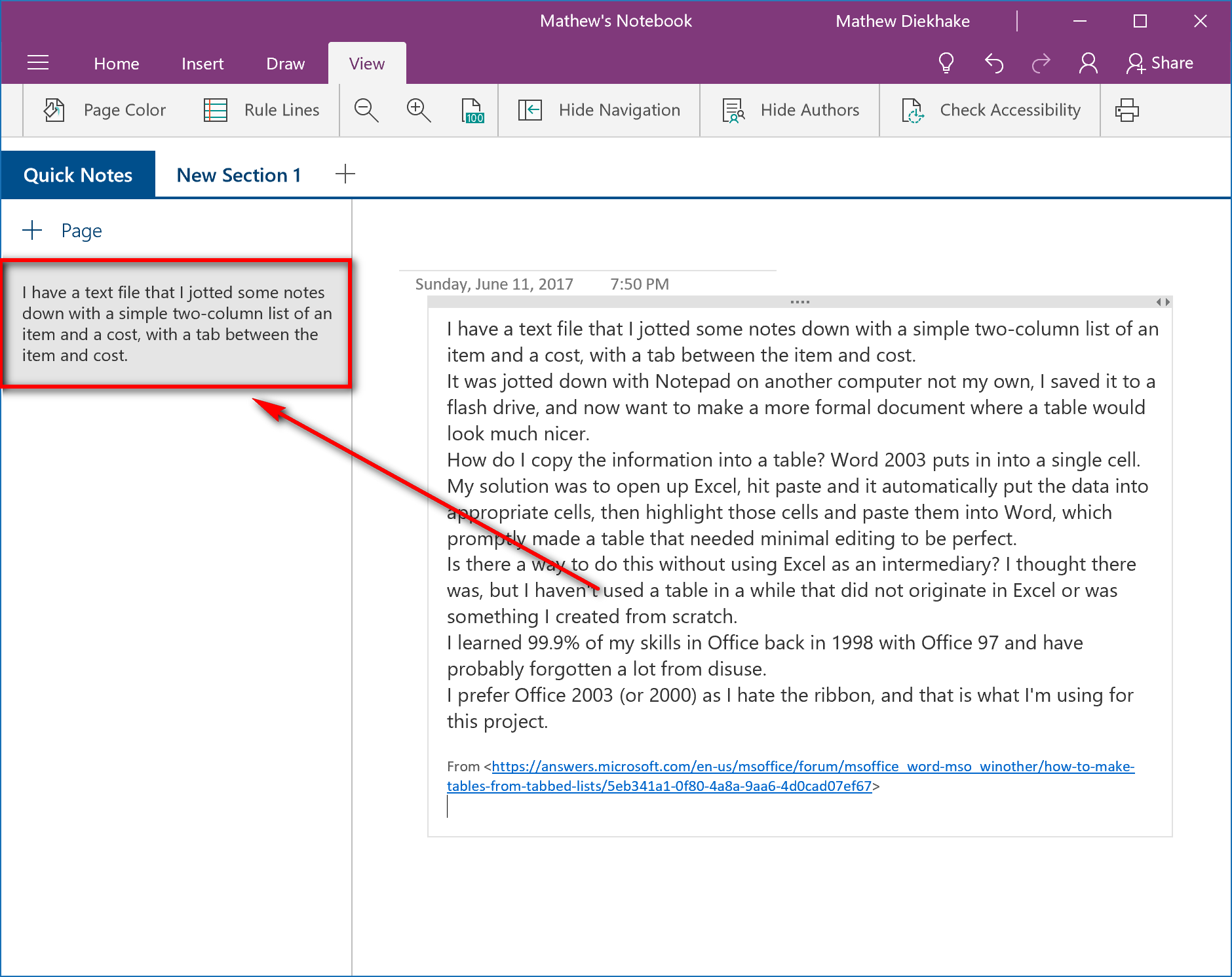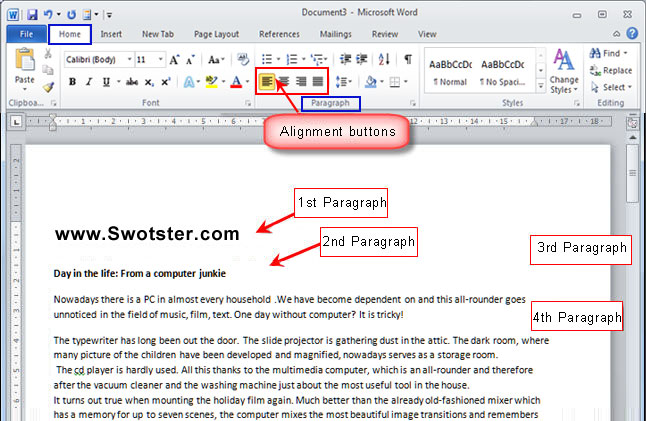

From here you can do one of two things.Go to the “Changes” section of the Review tab.In the menu at the top of the Word document, click the Review tab.
Microsoft word sidenotes how to#
Read on to learn how to remove both the tracked changes edits and the comments from your Word documents. Or, worse, when you upload the document to Blackboard, they show up when your instructor views your paper (as seen in the image below). Even after incorporating the comments and the changes, you may still see the comments and the changes in the margin of your paper. To edit the text box, you’ll have to work in the header – remember, the text box is actually in the header, regardless of where you position it.If you have someone edit or proofread your paper for a class, they may have used either the “Comment” tool or the “Track Changes” tool in Microsoft Word. In this case, you probably wouldn’t want to display this text on every page, but the technique itself is sound. Then, with the header still in edit mode, I moved it to the right of its corresponding section, within the body of the document. As you can see below, I used WordArt and rotated the text box. With the header in edit mode, and the cursor in the header section, repeat the steps above to add a text box, format it, and position it in the right margin. The technique is essentially the same in both versions, but the header section looks different. In Word 2003, choose Header and Footer from the View menu. You can also anchor margin text to the header and Word will display it on every page! First, open the header by double-clicking the header section. We could easily quit here and have a comprehensive review of adding text to the left margin, but let’s push on. (For more information on Word’s drawing layer, read 10+ ways to avoid drawing layer headaches in Word.) Anchor to the header You can move the box or apply most any formatting that you like, as long as the drawing layer is disabled. In Print Layout (view), Word easily displays the text. You can also change the font’s color, face, and so on.

Notice that the box is about the same height as the paragraph – that will help us center the text later. Use the mouse to drag and drop a text box of the approximate size in the margin.In Word 2003, choose Text Box from the Drawing toolbar (View, Toolbars, Drawing). Then, choose Draw Text Box (from the list below the gallery options). Click the Insert menu and Click Text Box in the Text group.Now, let’s add the text “Use Quick Styles” to the left of the formatting paragraph in the example document, as follows: You can still use all the drawing tools you just won’t have the added headache of working in layers. (In Word 2003, it’s in the General Options section.) In the Editing Options section, uncheck the Automatically Create Drawing Canvas When Inserting AutoShapes options.In Word 2003, choose Options from the Tools menu. In Word 2007, click the Office button and then click Word Options. Click the File tab and choose Options (under Help).Before you try this, however, be sure to disable Word’s drawing layer, as follows:

Fortunately, a text box is easy to insert, format, and position. When you want to drop text into the margin, as a special visual element, the negative indent won’t do. This method is certainly easy, but the text extends to the right, beyond the margin – it isn’t confined to the margin. If you apply this format often, consider creating a style.


 0 kommentar(er)
0 kommentar(er)
